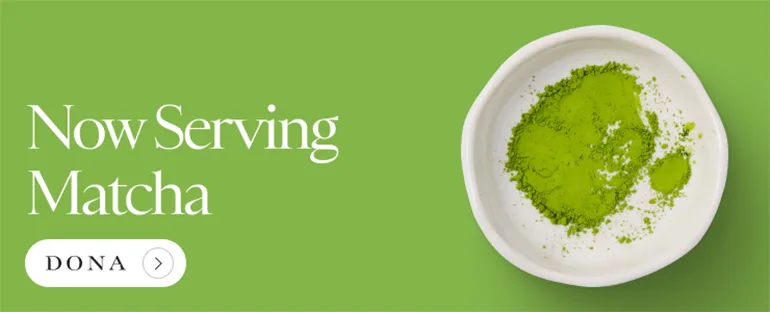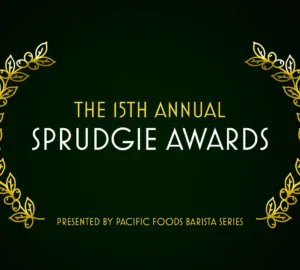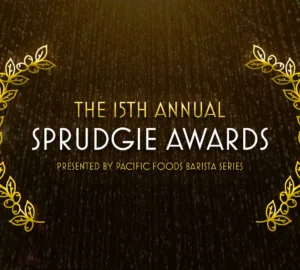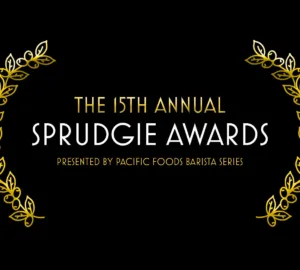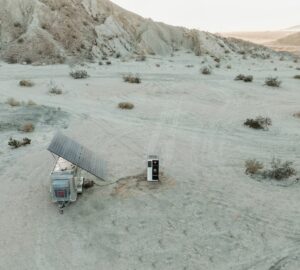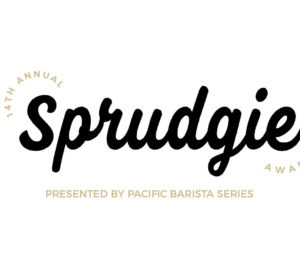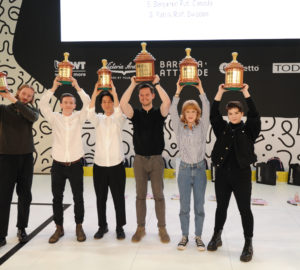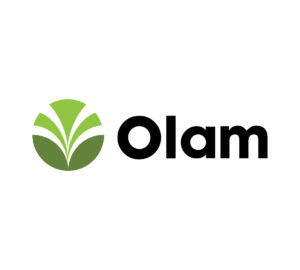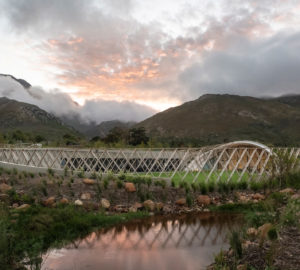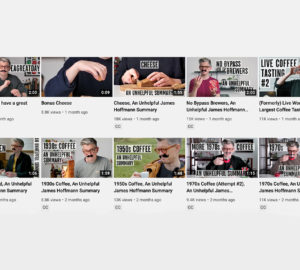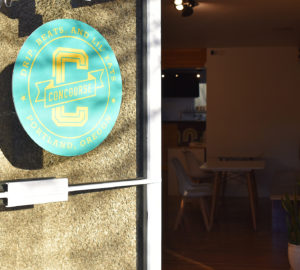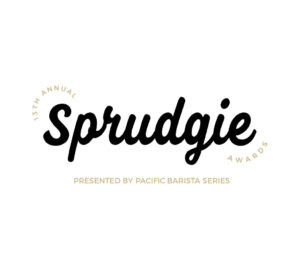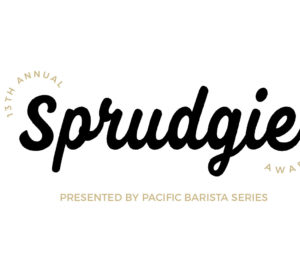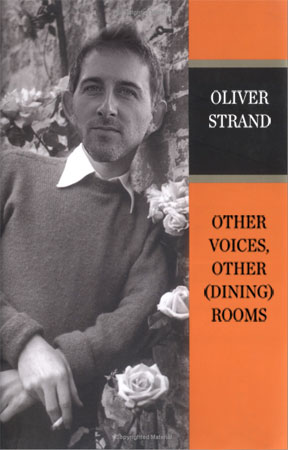
Last week we published an original feature by Oliver Strand on the much-maligned “Specialty Coffee Restaurant Gap”. In it, Mr. Strand isolates two moments in coffee cultural time – the newly launched Tim Wendelboe coffee service at Noma, and Grub Street’s feature on Nespresso pod at 30% of Michelin star restaurants – both happening in the same week. “Point, counterpoint” he called it, but it turns out the dialectic is a bit more expansive than that. Several other well-known thinkers in the specialty coffee industry jumped into the fray, all citing Mr. Strand’s feature on Sprudge.com as a direct call to blogatorial action. Let’s dig in, shall we?
First up was Kevin Knox, writing on his own Blogspot personal website “Coffee Contrarian”. Mr. Knox is a self-described “semi-retired” coffee expert, having served high-ranking stints at Starbucks and Allegro Coffee over the last several decades (when many of today’s “rockstar baristas” were still sipping babyccinos). He’s also something of a grump, a fact he wears proudly on the sleeve of his blog’s “About Me” section. Not that there’s anything wrong with that. Grumps are good for critical commentary.
The thesis of Mr. Knox’s post:
The first and most obvious point, that doesn’t seem to get made nearly often enough, is that coffee is for the most part (and probably from a health point of view should only be) a morning beverage…
He’s not citing any health data to back it up, but Mr. Knox does have a point: coffee is a morning thing much more than an evening thing, so belaboring the need for after-dinner coffee is, in his opinion, a pointless exercise. Here’s another excerpt, this time directly related back to Nespresso pods (emphasis ours):
 “…consistent quality and ease of service are the exact reasons why it makes all of the sense in the world that such a high percentage of Michelin-starred restaurants are using the Nespresso system. And it’s not just a question of convenience or consistency: Nestlés [sic] top blends are elegant and subtle, and the ratio of grounds to water and final yield are classically Northern Italian – a welcome respite from the undrinkable bitterness and blazing acidity of the under-roasted, massively-dosed über-ristretto espressos found at most of today’s supposedly cutting-edge boutique coffeehouse chains.”
“…consistent quality and ease of service are the exact reasons why it makes all of the sense in the world that such a high percentage of Michelin-starred restaurants are using the Nespresso system. And it’s not just a question of convenience or consistency: Nestlés [sic] top blends are elegant and subtle, and the ratio of grounds to water and final yield are classically Northern Italian – a welcome respite from the undrinkable bitterness and blazing acidity of the under-roasted, massively-dosed über-ristretto espressos found at most of today’s supposedly cutting-edge boutique coffeehouse chains.”
And there it is, the snark that launched a thousand angry tweets. A bunch of people have asked us what we think about this essay, and the truth is, we’re no Knox haters. Kevin Knox is enormously respected by folks in the specialty coffee industry that we ourselves respect, some of whom have turned out on Facebook and Twitter to voice support for Mr. Knox in the days since his post was published. Dissent and dispatches from the old guard are immensely valuable, and the voices represented in the comments of Mr. Knox’s feature come from an impressive and learned group.
Kevin Knox makes some excellent points, especially when it comes to the importance of offering delicious decaf. But it’s worth saying – no shade intended – that Mr. Knox does seem to have developed some deep seated biases and resentments towards today’s specialty coffee culture, especially when it comes to roast profile. His writing winds up veering into Uncle Rico territory because of it, obscuring some otherwise-valuable observations.
Up next is Chris Tacy, a self-described “(ex)professional barista” whose God Shot blog has been featured and occasionally vivisected by Sprudge since back in our early days. Mr. Tacy’s feature was meant to kind of plug the gap of vitriol swirling around the Strand and Knox features:
 “Rather than wading into the whole sour coffee vs burnt coffee debate; and rather than diving into the different dining behaviors in the US and Europe; and staying well away from getting bogged down in the difference between Scandinavian and American coffee preferences; and avoiding the whole difference between a restaurant that is purely a business and a restaurant that is also an artistic statement (like Noma); I’m simply going to get to the heart of the matter.”
“Rather than wading into the whole sour coffee vs burnt coffee debate; and rather than diving into the different dining behaviors in the US and Europe; and staying well away from getting bogged down in the difference between Scandinavian and American coffee preferences; and avoiding the whole difference between a restaurant that is purely a business and a restaurant that is also an artistic statement (like Noma); I’m simply going to get to the heart of the matter.”
The heart of the matter, according to Tacy, is that “Noma is one of the best restaurants in the world, Rene Redzepi is one of the greatest chefs in the world” and that “Noma is a representation of Rene Redzepi’s beliefs, palate, [and] vision”. This quells the fire, sure, but it also begs the question: if Noma is Redzepi’s vision, and he gets to do whatever he wants, what’s to stop Blumenthal, Liebrandt, and the other Nespresso pod using chefs from claiming the same thing? And would that even be so wrong?
Strangely enough, the brightest answer to that question – “is using a Nespresso pod at a fancy restaurant even so wrong?” – comes not from Knox or Tacy, but from Jay Caragay commenting over in the Kevin Knox piece. Here’s an excerpt from Mr. Caragay’s comment:
 “The use of Nespresso pods to produce cups of coffee may maintain consistency but it truly is akin to using Cuisine Solutions vac-bagged food in a Michelin starred restaurant. And like the stuff from Cuisine Solutions, it’s good, consistent and simple to prepare. Somehow, if my meal at The French Laundry were made up of a bunch of bagged and rethermalized food from a manufacturer, and podded coffee, I think I’d be a bit disappointed at the $500 per person price tag…”
“The use of Nespresso pods to produce cups of coffee may maintain consistency but it truly is akin to using Cuisine Solutions vac-bagged food in a Michelin starred restaurant. And like the stuff from Cuisine Solutions, it’s good, consistent and simple to prepare. Somehow, if my meal at The French Laundry were made up of a bunch of bagged and rethermalized food from a manufacturer, and podded coffee, I think I’d be a bit disappointed at the $500 per person price tag…”
And therein lies a distillation of the problem Mr. Strand – and many others, including Your Sprudge Editors – have with the notion of Nespresso pods in Michelin star restaurants. These are supposed to be places where quality has been vetted by the most respected set of food reviewers in the world. Chicanery like Cuisine Solutions would never fly, so why is an analogous approach okay for coffee?
Perhaps this is just a codified way of saying that coffee just isn’t that important. The unavoidable fact is that 30% of the chefs featured by Michelin, and the executors of the Michelin guide themselves, do not consider quality coffee service to be a necessary component for restaurant greatness. Call it ego death, call it a problem ready to be fixed, but whatever you do, don’t blame the restauranteurs outright.
Last into the fray is James Hoffmann, writing for his own JimSeven.com. Leave it to Mr. Hoffmann to let the hammer drop:
 “Let’s look at this from a difficult angle, perhaps one that isn’t our own. Coffee isn’t important to restaurants. It doesn’t have a great cash margin, and there are other items that might be ordered. A brandy makes more money, has near zero wastage and my staff training is pretty minimal. Restaurants treat coffee that way because it simply isn’t important to them. People are booking tables because of the coffee service. The fact that, on the one hand, the coffee industry often complains that restaurants don’t take a culinary approach to coffee while, on the other hand, we’re slinging out our best tasting products in paper cups…”
“Let’s look at this from a difficult angle, perhaps one that isn’t our own. Coffee isn’t important to restaurants. It doesn’t have a great cash margin, and there are other items that might be ordered. A brandy makes more money, has near zero wastage and my staff training is pretty minimal. Restaurants treat coffee that way because it simply isn’t important to them. People are booking tables because of the coffee service. The fact that, on the one hand, the coffee industry often complains that restaurants don’t take a culinary approach to coffee while, on the other hand, we’re slinging out our best tasting products in paper cups…”
When it comes to giving the specialty coffee industry its medicine, there’s none better with the scalpel than James (again, emphasis ours):
“So we continue to berate the restaurant industry. We mock them for taking free equipment, instead of laying down thousands upon thousands to brew a relatively small number of low margin products. We mock them for doing a bad job with a setup that most of us already struggle on. We continue to offer the same solution to their problem, despite the fact that all and sundry can see that this solution doesn’t work. It simply doesn’t work. No matter what we do most espresso in most restaurants brewed on traditional equipment will have quality issues.”
According to Mr. Hoffmann, the boutique coffee industry has done nothing to bridge those challenges – though “perhaps we ought to start.” He’s not saying anything that different than Kevin Knox, really, but he’s saying it in a way that refrains from sounding like an old man picking fights with the new generation. His voice represents what’s been underplayed in so much of the thought around this topic: consideration for the restaurants.
Oliver Strand expressed that he felt the big beneficiaries of Noma’s coffee program would be the staff themselves, given keys to the kingdom of specialty coffee enjoyment plus the training and experience necessary to execute great coffee in their future endeavors. But it’s scarier – and also perhaps more accurate – to consider that the main beneficiaries of fine restaurant coffee might very well just be us. Coffee enthusiasts, industry professionals, Sprudge readers – these are the kinds of folks who notice the roaster right away on the dessert menu, and who will chat amongst themselves about the coffee service throughout the duration of said coffee service. What if only a tiny percentage of diners even notice or appreciate these great, expensive efforts?
Put it like this: 30% of Michelin star chefs think Nespresso pods are fine. Can you imagine what that number is for folks on the street?
For what it’s worth, we agree with Oliver Strand’s original conclusion, which is to say that at the end of an epic meal, not everyone even wants a coffee. But if they do, and it’s a truly superlative restaurant experience to begin with, then being able to offer a fresh, delicious, carefully roasted and prepared coffee service should be an expectation at fine restaurants, and not just a pleasant surprise. For all the pomp and price tag, cutting corners come coffee time is a very un-Michelin thing to do.
And in the meantime, Michelin stars are great and all, but those folks on the street matter just as much. How about we get better coffee into the neighborhood diners to start? Imagine if the pub three farms down from The Fat Duck in Bray served a noticeably better cup of coffee than Heston Bluementhal’s Nespresso pods. Coffee trends, like all trends really, demand the adoption of the masses. There’s power in improving from the ground up.













